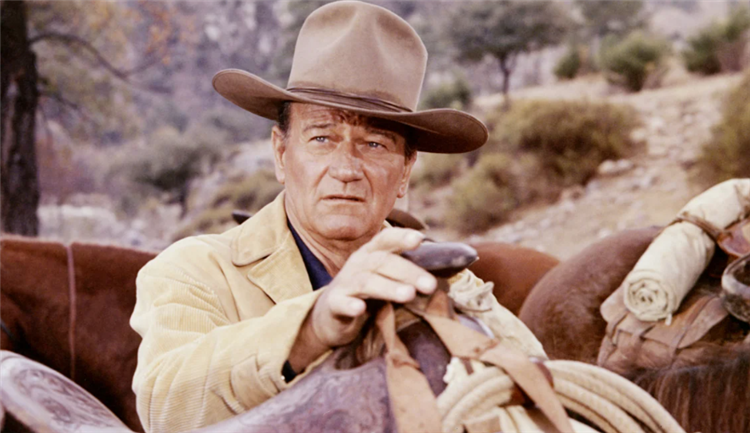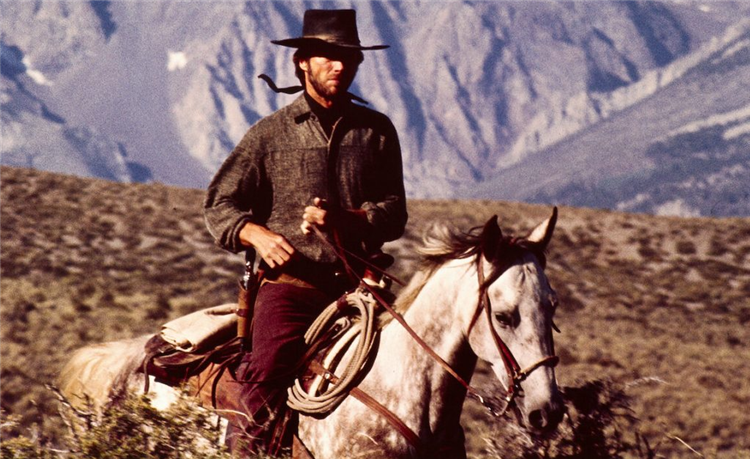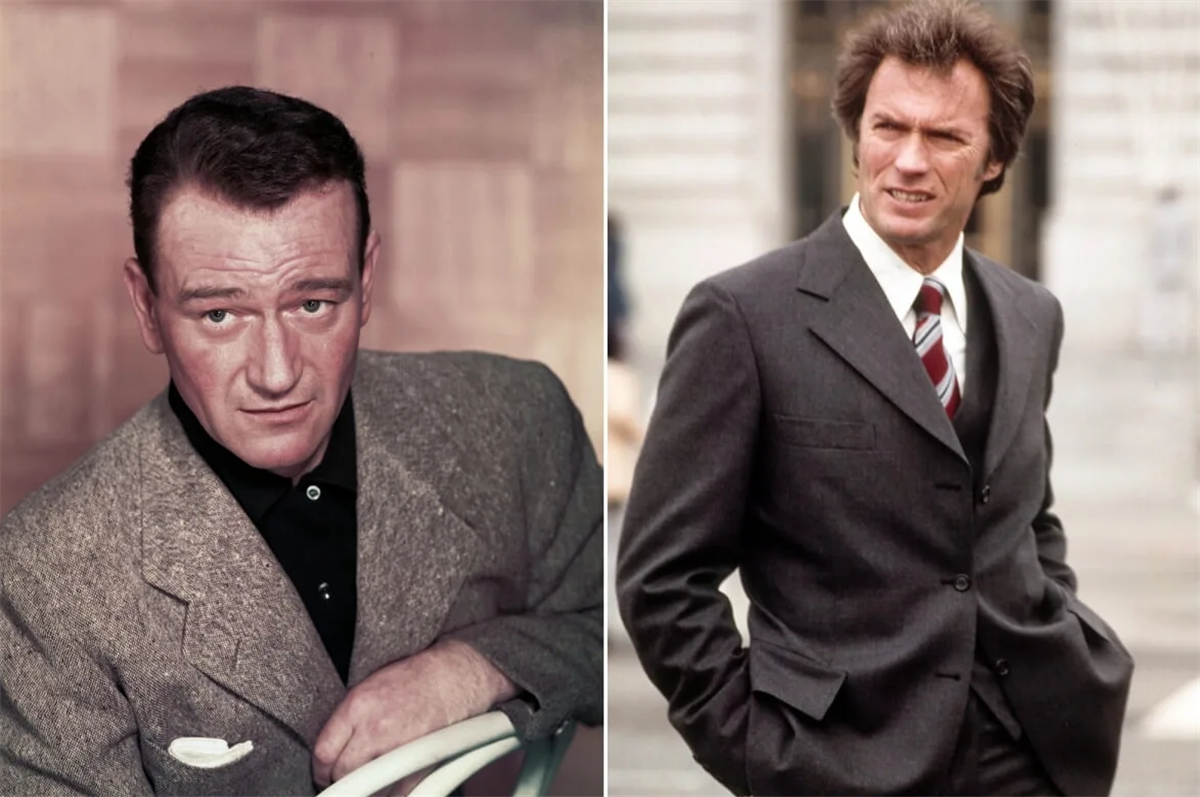While filming a gunfight in his last film The Shootist, John Wayne refused to break one old Western rule – even after being told Clint Eastwood would.
While filming his final movie The Shootist, John Wayne refused to break one old-fashioned Western rule that Clint Eastwood would have had no issues with. The Shootist marked the final movie in a 50-year career for Wayne, though it wasn’t set up that way. Wayne was approached about other movies in the years that followed, but ill health prevented him from signing on to another film before his death. The Shootist – which inspired Eastwood’s Unforgiven – wasn’t much of a success upon release in 1976, though it’s now considered a fitting final role for the Western icon.
The movie’s main character Books is a legendary gunfighter who is diagnosed with terminal cancer when the story begins. In real life, Wayne himself had been diagnosed with lung cancer in 1964 and had his left lung and two ribs removed as a result. While Wayne would suffer from poor health in many of his later movies as a result, he was not – as is commonly regarded – dying of cancer when he made The Shootist. While he would eventually pass from stomach cancer, this wasn’t diagnosed until a few months before his death in 1979.
John Wayne Refused To Shoot Anyone In The Back On The Shootist

Wayne clearly related to The Shootist’s Books, resulting in one of his most vulnerable, moving performances. As is customary of the genre, The Shootist ends with a shootout, as Books gathers three old enemies to a bar for a final showdown. Despite being wounded himself, Books succeeds in killing all three, though he’s fatally wounded when the barkeeper shoots him in the back. Books was also supposed to shoot Cobb (Bill McKinney) in the back, which is something Wayne refused to film.
The Shootist novel also had Books shooting Cobb in the back, and director Don Siegel had set up the scene with this outcome. Siegel was also a close friend and collaborator of Eastwood, with the two having worked on films like Dirty Harry. According to an interview with Eastwood on Inside the Actor’s Studio, he recounted a story of Siegel telling him about this Shootist scene, where Wayne stated plainly “I don’t shoot people in the back.” Eastwood then recalls that Siegel made a “terrible error” by telling Wayne that Eastwood would have shot t he contentious moment that way.
Wayne reportedly went “blue” and that yelled he didn’t “… care what the kid woulda done, I don’t shoot ’em in the back!” Wayne got his wish ultimately, with Cobb being shot in the front by Books. While the Western genre was largely dying at this point, Eastwood’s Dollars trilogy and High Plains Drifter – which he also directed – had given the waning genre a shot in the arm. However, Wayne wasn’t a fan of the darkness and violence found in Clint Eastwood’s Western movies and even passed on working with the actor when approached with an offer.
Wayne Actually HAD Shot Bad Guys In The Back In His Movies
Wayne found the idea of Books shooting someone in the back unthinkable, as it’s not what an honorable Western character was supposed to do. Wayne became a movie star during the 1930s, and most of his Western roles featured him playing morally upstanding heroes who would wait for the villains to draw their own weapons before firing, and who generally acted in an honorable fashion.
While Wayne refused to shoot anyone in the back on The Shootist, he actually had done this onscreen several times. His darkest protagonist was The Searchers’ Ethan Edwards, who in pursuit of his kidnapped niece, is willing to kill anybody who gets in his way and during one shootout, he even fires upon fleeing Comanche. In Wayne’s Dirty Harry ripoff thriller McQ, he’s also seen shooting a fleeing hitman in the back with his magnum.
Why Clint Eastwood Broke So Many Western Rules

When Eastwood signed onto A Fistful of Dollars, he was working with Italian filmmakers who didn’t understand the “rules” of American Westerns. They had no trouble showing a gun and the people it kills in the same frame or having Eastwood’s Man with No Name shooting first. Eastwood himself felt the genre had become very stale by the ’60s, and in the aforementioned Inside the Actor’s Studio conversation, claimed to not understand unwritten rules like waiting for the villain to draw first.
That’s why in his Spaghetti Westerns and his later American projects like Hang ‘Em High saw Eastwood play morally ambiguous characters who had little issue with lying, stealing or killing. This is also why Wayne had such a distaste for his rival’s output, and why Siegel’s jab about Eastwood being willing to shoot someone in the back on The Shootist wouldn’t have gone down well with the veteran star.
